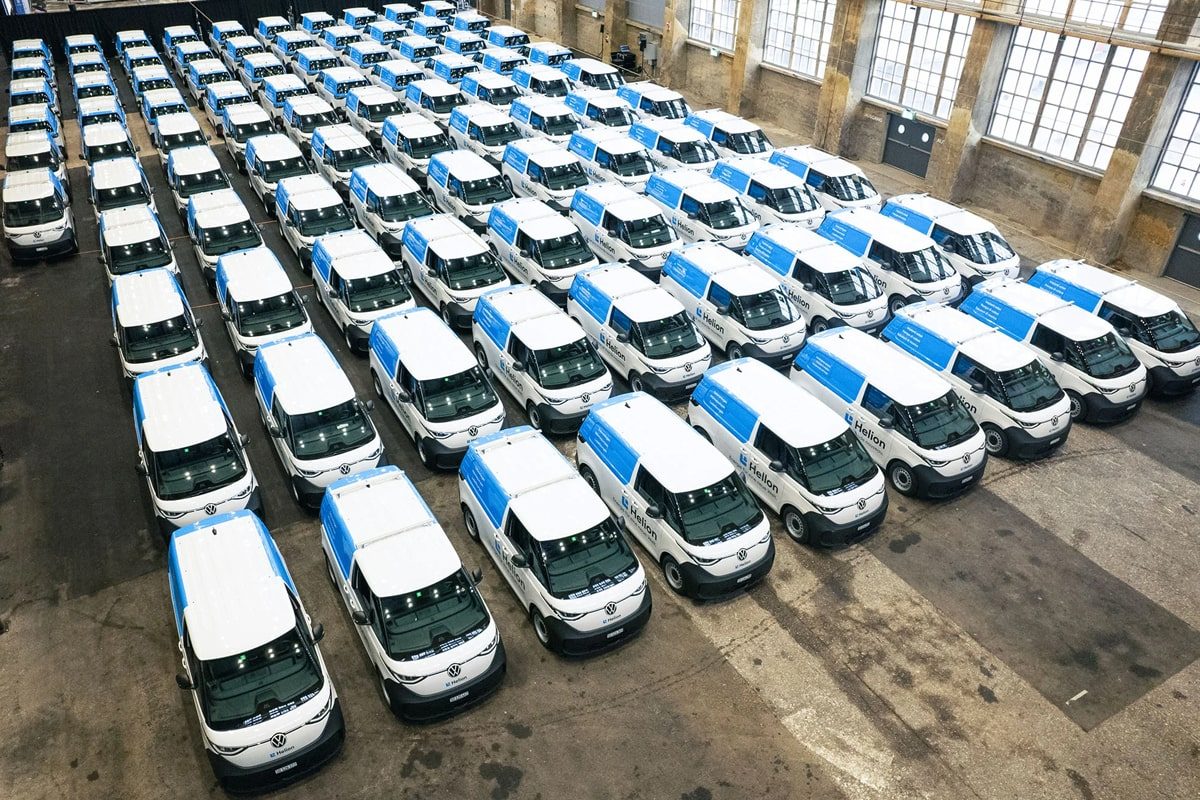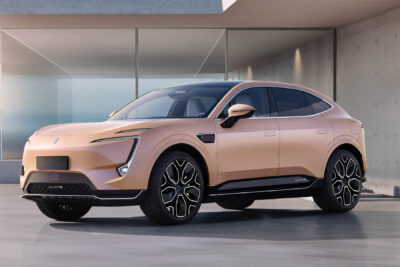ACEA: Market share of electric vans declines slightly
In the first nine months of 2024, a total of 1,170,310 vans were newly registered in the EU. That is 8.5 per cent more than in the same period last year. And if you add the United Kingdom and the EFTA states (Norway, Switzerland, Iceland) to the list of countries, there were almost 1.485 million new vans (+7.5 per cent), according to the European Automobile Manufacturers’ Association (ACEA).
The big ‘but?’ Diesel remains the preferred choice of drive with a market share of around 85 per cent – at the EU level, and when including EFTA states and the UK. In both cases, the diesel share rose slightly, to 83 and 83.9 per cent, respectively, in the first three quarters of the year. Over the course of the year, it was primarily the partially electric drives that lost ground. The ACEA only distinguishes between hybrids (HEV) and ‘electrically chargeable vehicles’ (ECV), which combines plug-in hybrids and battery electric vehicles. A more precise breakdown between BEVs and PHEVs is thus not possible, even if purely electric drives are predominant among light commercial vehicles in terms of the range of models offered by manufacturers.
Either way, market shares have fallen slightly. At EU level, the market share fell from 7.1 to 5.7 per cent; if the EU+EFTA+UK region is taken as a basis, it is now 6.0 instead of 7.4 per cent. Although the entire transport market has grown, ECVs have lost just over twelve per cent. At 2.0 instead of 2.3 per cent (EU) and 2.0 instead of 2.2 per cent (EU+EFTA+UK), there were also fewer new registrations for HEVs.
There are significant differences between the countries, both in terms of unit numbers and market development. For example, France is the largest market for electric vans, while Germany (still) leads the market for passenger cars. The French were even able to grow by 9.3 per cent over the year to 20,163 new electric vans. Germany only managed 10,636 units in 2024 after three quarters, a 38.7 per cent drop. After nine months in 2023, France and Germany were still extremely close, with 18,439 to 17,354 electric vans.
That still puts Germany in second place in the EU, but the UK has overtaken it in the pan-European analysis. Although registrations in the UK were also down by 8.9 per cent, they only fell from 15,790 to 14,392 electric vans. However, there is no uniform market development across other markets either. With 7,358 new electric vans, the Netherlands got close to the result from 2023 with a difference of just ten vehicles. Sweden saw an increase of 14.8 per cent to 6,532 units, while Denmark grew by 33.7 per cent to 2,748 electric vans. In Hungary, the 2023 figure almost doubled, with 951 electric vans – an increase of 99 per cent.
In Italy, on the other hand, the electric transporter market slumped by 53.4 per cent. Instead of 6,068 electric transporters in 2023, there were only 2,830 this year. Spain also saw a decline of 26.5 per cent (5,124 vehicles). In comparison, Belgium recorded a drop of 17.5 per cent – although the Benelux country has recently seen a very positive development in terms of EV registrations.
Incidentally, no statements can be made about fuel cell vans from the ACEA publication. The association summarises this type of drive – albeit purely electric – under ‘other,’ together with gas-powered vehicles (LPG and CNG), E85/ethanol and ‘other’ fuels.





0 Comments